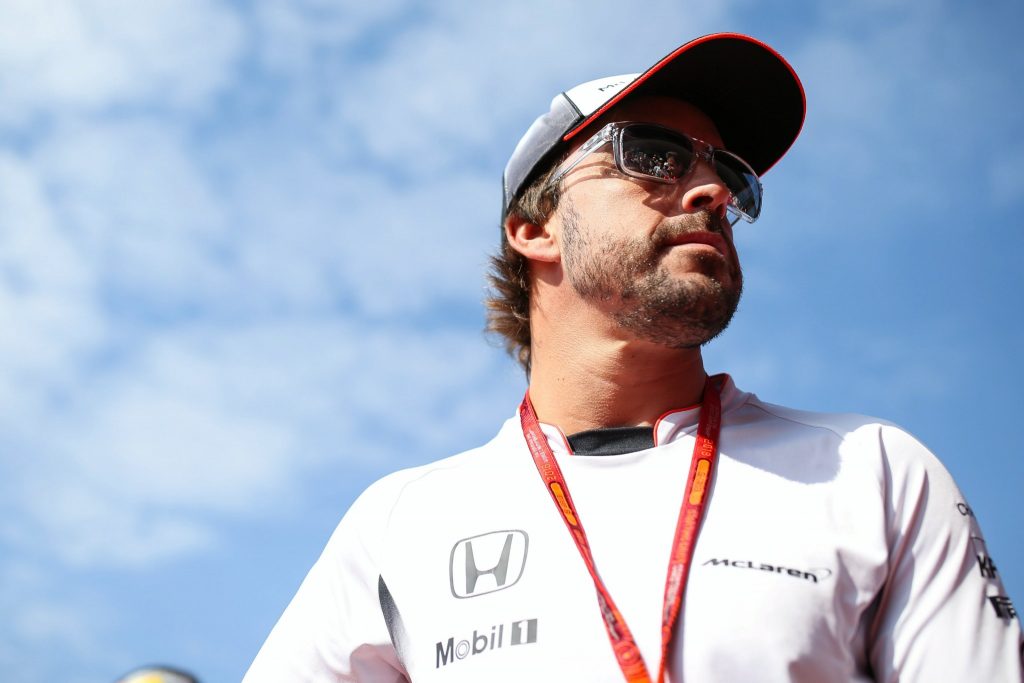The 2019 Formula 1 season is set to be one of those that prepare us for a generational change in the category, with both experienced and young drivers stepping out – Esteban Ocon, Stoffel Vandoorne, while some others look for new challenges away from the winner teams, as it is the case of Kimi Raikkonen and Daniel Ricciardo. However, if there is someone who has stolen the show, it absolutely has to be Fernando Alonso – his farewell is going to be a huge challenge in Spain as Formula 1’s belle époque has been always linked to Alonso’s figure.
Click here to subscribe to our print edition!
Indeed, the best attendance figures for the Catalunya Circuit occurred in 2007, the year the driver from Asturias was fighting for what could have been his third championship. Back then, more than 350,000 people showed up at the circuit during the weekend, of which 140,000 attended only on Sunday, with nearly 50% of them being local. These were numbers that the circuit has not been able to repeat ever since, and possibly due to the drop in victories achieved by the famous Spaniard. Almost ten years after the Catalan track recorded its best numbers, they faced the worst ever in 2016, when less than 170,000 enjoyed the Spanish Grand Prix from the stands.
In fact, the lack of victories and the poor performance displayed by McLaren had a direct impact on people’s attention to the category, in addition of course to the stop of public broadcasting of Formula 1 in the peninsula.
Almost ten years after the Catalan track recorded its best numbers, they faced the worst ever in 2016, when less than 170,000 enjoyed the Spanish Grand Prix from the stands.
18 years after Alonso’s arrival to Formula 1, the pinnacle of motorsport, he says goodbye leaving only one Spanish driver in the category – Carlos Sainz Jr. A young talent whose book of records cannot be compared to Fernando’s, and who doesn’t have the loyal fan base the double champion has, neither such a significant marketing impact. As Pablo Caramés, Business & Sports’ Executive Director states, there is no point in comparing these both drivers; one brought Formula 1 to Spain with two championships, while Sainz is still finding his feet in the competition. “Furthermore,” continues the businessman, “Fernando’s impact in terms of partnerships can only be compared to the greatest sportspeople of the world, and putting such pressure on Carlos would simply be not fair”.
The 37-year-old driver opened the door for many Spanish companies to invest in the biggest category of motorsport, and the most known partnership has to be between Banco Santander and Ferrari – the Spanish bank invested roughly 40 million during five seasons, prompting Alonso’s arrival to the Italian outfit.
Nonetheless, Alonso’s departure might also be a blessing in disguise for the sport in Spain. It could allow Carlos Sainz Jr to become more popular among the fans, and therefore to attract more national companies to continue investing both in him and in Formula 1.
But leaving the predictions aside, it’s clear that on May 12th the Spanish venue will face one of the most challenging weekends in its history, as it will no longer have the Alonso appeal to fill the stands. In fact, its attendance’s figures are likely to rely more on how exciting the fight for the championship could be.
This is a year that is likely to be a turning point for the circuit and the local fans whose interest in Formula 1 has been decreasing noticeably both in viewers and in Grand Prix attendance.
